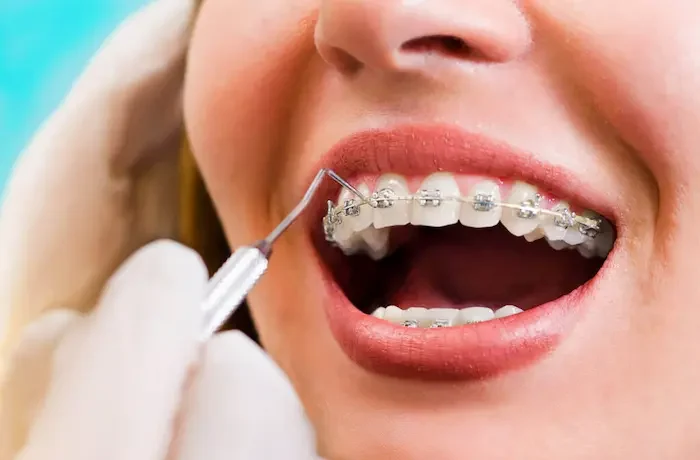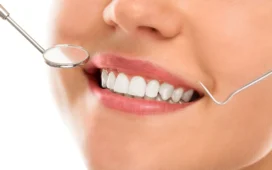Metal braces have been a reliable and widely used solution in orthodontics for decades. Though more discreet options like Invisalign have gained popularity, metal braces remain a top choice due to their durability and effectiveness in correcting various dental alignment issues. To better understand how these braces work, it’s essential to become familiar with the different parts that make up a standard metal braces system.
Each component of the braces system plays a unique role in guiding your teeth into their proper position over time. Knowing these parts can help you feel more confident and informed during your orthodontic treatment.
1. Brackets
Brackets are the small square-shaped metal pieces that are attached directly to the front of each tooth using a special adhesive. They act as the anchor point for the rest of the braces system.
There are different types of brackets, including traditional metal, ceramic (tooth-colored), and self-ligating brackets. Regardless of type, their purpose is the same: to hold the archwire in place and help guide tooth movement.
2. Archwire
The archwire is a thin, flexible metal wire that runs through all the brackets in the braces system. It is usually made of stainless steel or nickel-titanium and is responsible for applying pressure to the teeth.
Over time, the tension in the archwire encourages teeth to shift into the correct alignment. As treatment progresses, orthodontists may replace the wire with a thicker one to apply different levels of force.
3. Ligatures (Elastic Ties)
Ligatures, also known as elastic ties or o-rings, are small rubber bands that hold the archwire in place within the brackets. They come in various colors, allowing patients—especially kids and teens—to customize their braces.
Some braces systems, like self-ligating braces, don’t require ligatures at all because the brackets themselves have a locking mechanism to hold the wire.
4. Bands
Bands are metal rings that are cemented around the molars. Unlike brackets, which are attached to the surface of a tooth, bands encircle the entire tooth and provide a stronger anchor for the braces system, especially when additional force is needed.
Not all patients need bands, but they are often used in cases involving significant bite correction or headgear.
5. Spacers
Spacers, or separators, are tiny rubber or metal rings inserted between teeth to create small gaps. They are usually placed a few days before the actual braces appointment to make room for the molar bands.
Spacers are temporary and are removed once the space is sufficient for placing the bands.
6. Buccal Tubes
These are small metal parts attached to the outside of molar bands. They serve as slots or holders for the ends of the archwire and allow it to be adjusted during treatment.
Buccal tubes are critical for controlling the direction of force applied to the back teeth.
7. Power Chains
Power chains are elastic chains that link multiple brackets together. They are often used to close gaps between teeth or to apply additional force in specific areas.
Power chains come in different strengths and colors and are typically used in later stages of treatment.
8. Hooks and Elastics
Some brackets or bands come with tiny hooks, which are used to attach elastics (rubber bands). These elastics stretch from the upper to the lower braces and are crucial for adjusting the bite and jaw alignment.
Patients are usually instructed to wear them in specific patterns for a certain number of hours each day.
Why Understanding Braces Components Matters
Knowing the parts of your metal braces system can help you feel more in control of your treatment. It allows for better communication with your orthodontist, makes it easier to maintain your braces, and gives you a clear picture of what each part is doing to improve your smile.
Clinics like Clinique Savaris offer detailed consultations to help patients understand their treatment plans and how each part of their braces works toward achieving the desired results.
Conclusion
A standard metal braces system may look simple at first glance, but it’s a sophisticated network of components working together to move your teeth into perfect alignment. From brackets and archwires to elastics and power chains, each part plays a crucial role. With the right care and expert supervision, metal braces remain a powerful tool for transforming smiles.
















